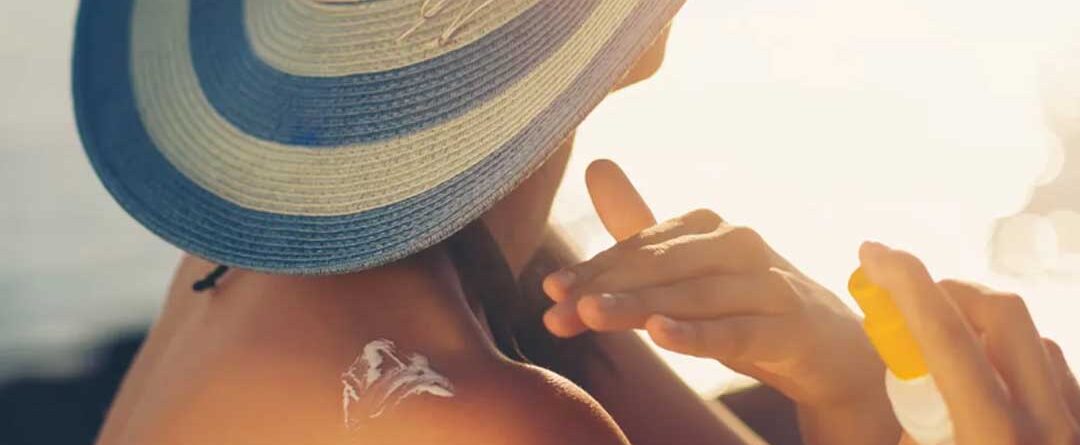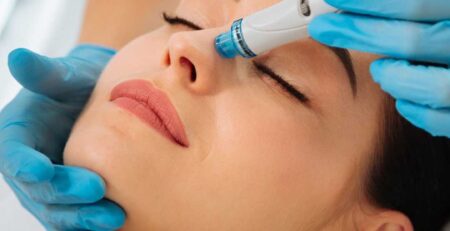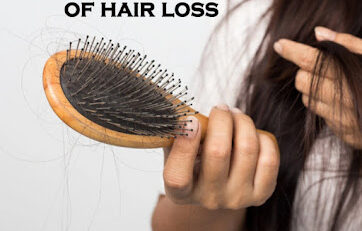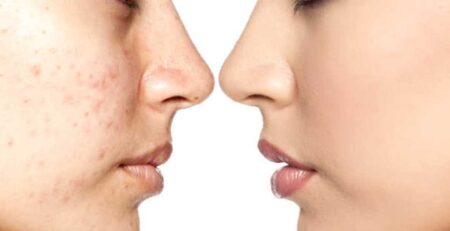Best SPF which protects your skin better
SPF is a measure of how much UVB light a sunscreen can filter out. Dermatologists recommend using an SPF of at least 30, SPF 15 blocks about 93 percent of UVB rays, while SPF 30 blocks about 97 percent of UVB rays. The ADA recommends an SPF of 30 or higher.
It’s important to apply enough sunscreen to any exposed area of the skin every day. On days you’re going to be outdoors for an extended period of time, say playing golf or at the beach or pool, Put a base coat of SPF 30 all over the body a half hour before leaving the house and then reapply every two hours. If you’re swimming, it’s a good rule of thumb to grab sunscreen every time you get out of the water.
Even though the benefits are clear, many of us still aren’t giving our best effort to protect our skin from the sun. It’s true, shopping for sunscreen can be overwhelming, and there’s plenty of misinformation out there about how to use sunscreen effectively.
No matter how the weather is – sunny or cloudy – you need to apply sunscreen to protect your skin from damage. The sun’s harmful UV rays not only cause suntan, but can also cause your skin to age prematurely.
Applying sunscreen is one of the most important parts of a skincare routine. Sunscreens come in a variety of forms – lotions, gels, sticks, and broad spectrum. There’s also SPF to consider. It makes my head spin!
Use sunscreen that is SPF 15 or higher daily. When going in and out of the sun on a daily basis, for instance going to and from work, your skin gets exposed to a lot of ultraviolet (UV) rays. Using sunscreen with an SPF of at least 15 every day will help protect you from this type of quick, daily exposure.
Buy a sunscreen with an SPF of 30 or higher for extended stays outdoors. If you plan on spending time outdoors, such as going to the beach or playing a sports game outside, it’s important to give your skin more protection. Pick a sunscreen that has an SPF between 30 and 70.
Be wary of buying sunscreen that claims to have an extremely high SPF. Sunscreen with an SPF higher than 70 is generally only slightly better than SPF 50-70. Picking a sunscreen with a SPF of 80 or 90 may just cause you to spend extra money for a product that is really no better.
Pick a broad-spectrum sunscreen. A broad-spectrum sunscreen protects against UV-A and UV-B rays, which are different types of ultraviolet rays that can damage the skin. Sunscreens that are broad spectrum should state it clearly on the label.
The ingredients in sunscreen that protect against UV-A and UV-B rays are different. In order for a sunscreen to protect against both, it needs to be a combination of several protective ingredients.
Use your personal preference to choose between forms of sunscreen. Sunscreens come in a wide variety of forms, including lotions, creams, ointments, gels, sprays, wipes, and lip balms. What type you use should depend on what you like to use and what you need to protect with the sunscreen. For instance, use an SPF lip balm to protect your lips.
Whatever form of sunscreen you choose, it should state clearly what SPF it is, if it is a broad spectrum, and how it should be applied effectively.
Be sure to follow the application instructions for the specific form of sunscreen you are using, including how long you need to wait after application before sun exposure and how often it should be reapplied.
Do You Know?
Protection against UVB rays is evaluated through SPF ratings. SPF 30 is supposed to be best for Indian summers. But, we often do not apply the required amount of sunscreen for adequate protection. It is prudent to buy sunscreen with a higher SPF so that it gives enough protection, even if not applied in adequate amounts.
Similarly, protection against UVA rays is indicated by the PA rating. The more number of +’s in front of PA, the better the protection offered by the sunscreen.
How to apply sunscreen?
- About an ounce of sunscreen is needed to cover the exposed skin of an average adult.
- For cream or gel-based sunscreens, squeeze a dollop of the product into your palm and spread it evenly over all the areas exposed to the sun, including the back of the legs, ears, feet, bald spots, and lips.
- Buff the sunscreen well into your skin so that it is completely absorbed.
- Reapply every two hours.
- For applying a spray sunscreen, hold the bottle upright and move it back and forth across the exposed skin. Spray generously for proper coverage and avoid inhaling it.
- Take extra care while applying spray sunscreens on the face, especially around kids.
For more skin care tips or any procedure you may contact KEMPS SKIN CLINIC, it’s the most advanced Laser hair removal and skin care clinic in Ghaziabad.













Leave a Reply